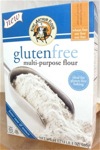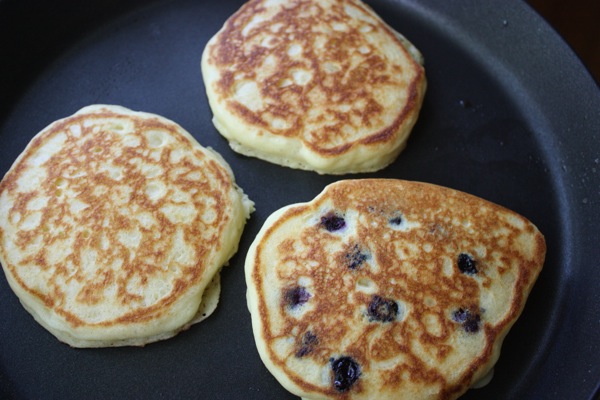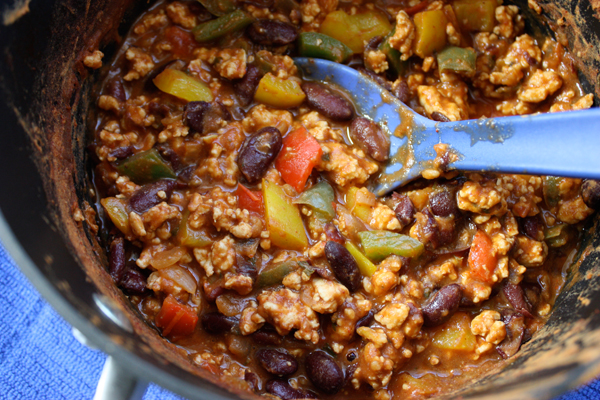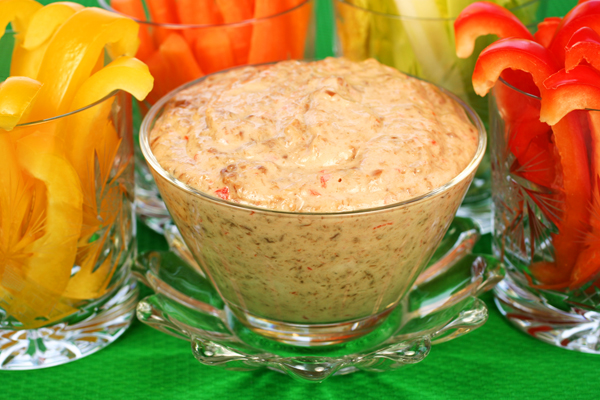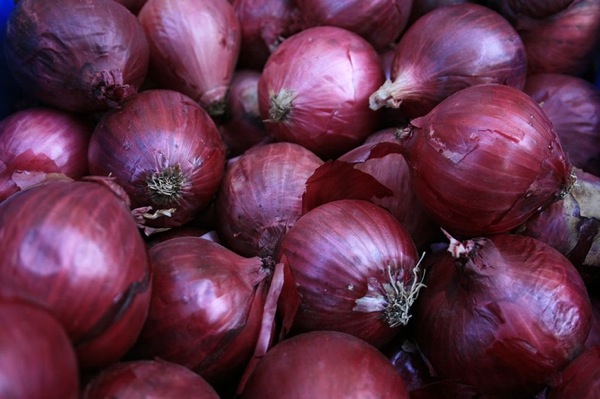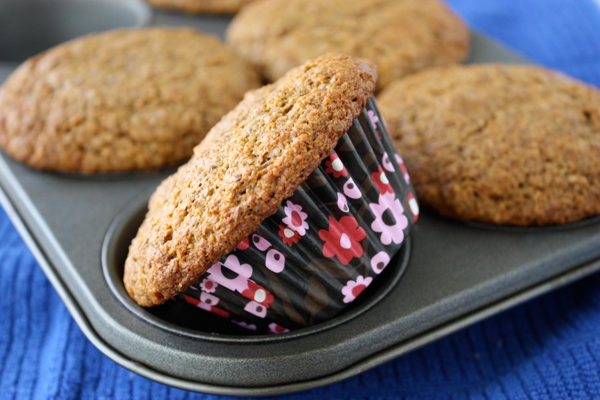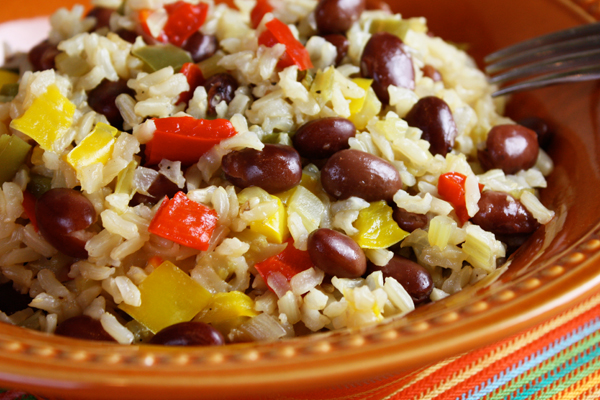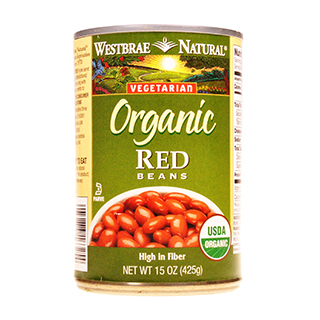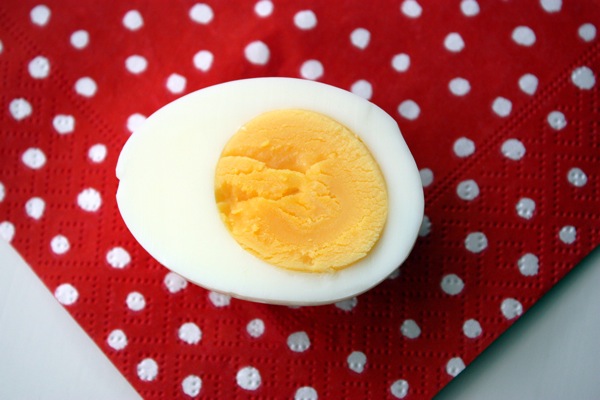
I make a lot of hard boiled eggs. A lot. There are some in my fridge right now… perfect, easy to peel, no green ring, hard boiled eggs for snacking, breakfast, deviled eggs, and egg salad. I’ve learned a few things about how to make foolproof hard boiled eggs so here’s what I know…
1) Really fresh eggs will be harder to peel so use your older eggs for boiling.
2) Place eggs in a pot and cover completely with cold water.
3) Do not crowd too many eggs in the pot or they may not cook.
4) If you see a stream of bubbles coming out of an egg in the cold water that means it’s cracked. Remove the cracked egg and save it for cooking.
5) Add ½ teaspoon of baking soda to the water. If you don’t have baking soda, use salt.
6) Bring the water to a full, rolling boil.
7) Cover the pot and turn off the heat, leaving the pot on the warm burner.
8) Set a timer for 17 minutes. Prepare a bowl of ice water.
10) After 17 minutes remove the eggs from the hot water using a slotted spoon and place them in the ice water for 2 minutes. They will still be warm inside after two minutes.
11) Serve immediately or keep refrigerated.
11) Freshly boiled, warm eggs will be easier to peel than cold ones.
12) Peeling them under running water makes peeling easier.
13) Start to peel at the fat end of the egg for easier peeling.
So that’s all I know about making perfect hard-boiled eggs. Now here is why I eat them: Eggs are a great source of….
~Protein, B vitamins, and minerals.
~Choline, which reduces inflammation, protects against breast cancer, and supports brain health.
~Lutein and Zeaxanthin to ward off macular degeneration.
~Sulphur for shiny hair, strong nails, and glowing skin.
~New research tells us that egg yolks contain dietary cholesterol but they do not raise blood cholesterol. For the latest research on eggs from Prevention Magazine, click here.
So that’s everything I know about making perfect, easy to peel, no green ring hard boiled eggs. Now here’s as quiz: Q: Why do brown eggs cost more than white ones? A: Because the hens are bigger and it costs more to feed them. Nutritionally, there is no difference.
